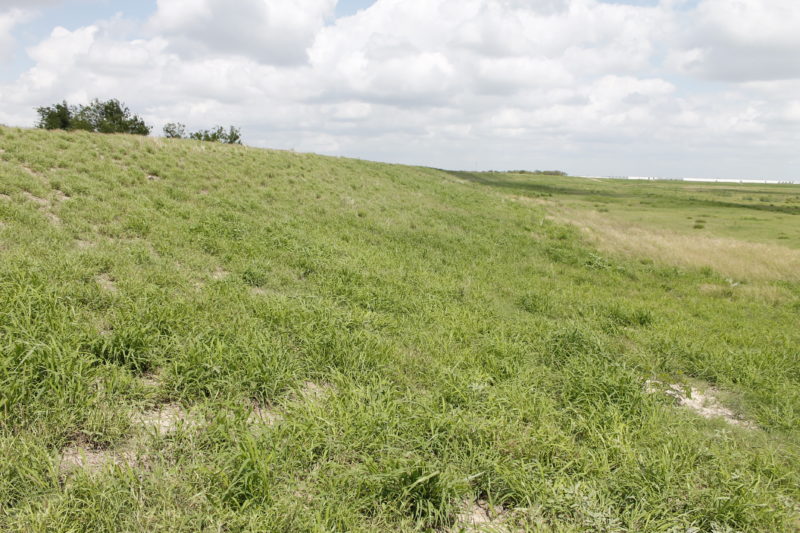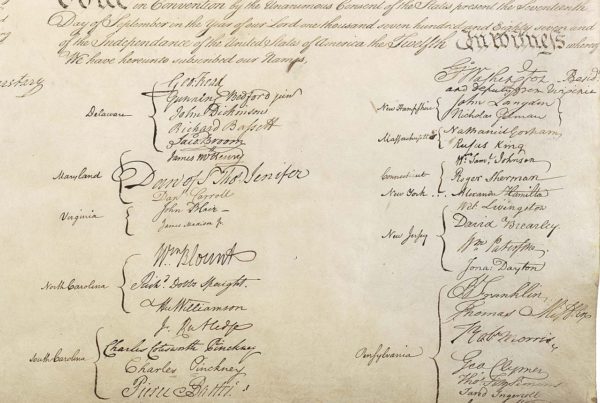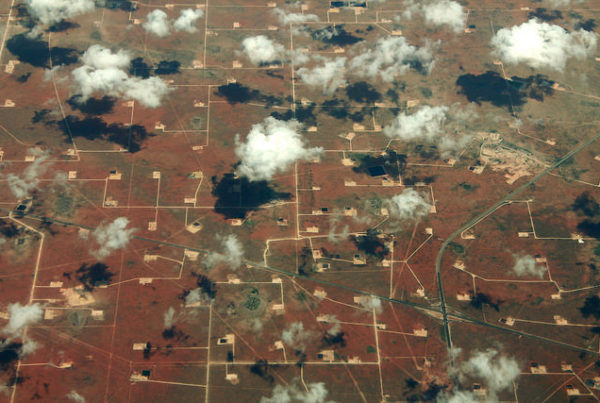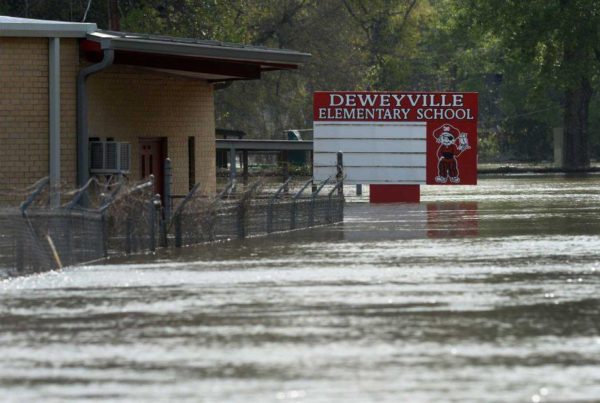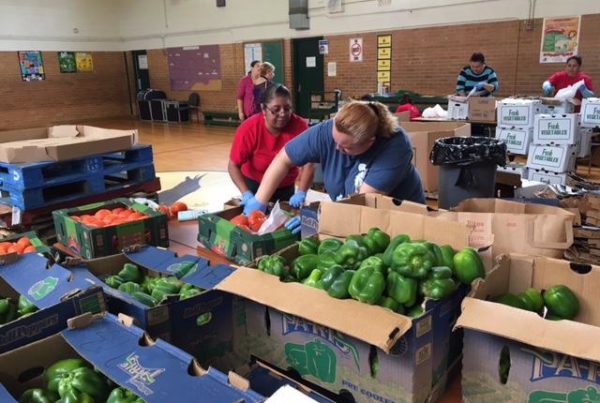Proposals for projects related to President Donald Trump’s wall are coming in from across the nation.
The idea is to supplement the wall, fencing and other barriers that already exist along the southern border. Because of the federal initiative to build the wall, Hidalgo County in the Rio Grande valley sees an opportunity to complete a levee system left unfinished from the George W. Bush era.
Raul Sesin is the general Manager for Drainage District 1 in Hidalgo County and says this part of the wall isn’t just used for security.
“This is one of the vertical walls that serves as a flood control measure and also as a security measure for the border between Mexico and the United States,” Sesin says.
The barrier is made of concrete and it’s 25 feet tall. It serves as reinforcement of an existing levee.
“Anytime you have overflow in the river itself, these levees basically contain the water, so when the water rises in the river those levees contain it within that area,” he says.
This section of the wall was built in 2008 during President Bush’s administration as an initiative to secure the border. The county invested about $58 million and the federal government paid the rest. But the project is incomplete. There are about 20 miles of this type of structure in Hidalgo County – 30 more miles still need to be constructed to eliminate gaps. Right now, the gaps have only levees. They’re missing the 25 foot concrete wall.
The levees help contain water in the Rio Grande River floodplain, which is important because the valley is in a low-lying delta area.
“So if these levees were not here water would continue to spread,” Sesin says.
In February, Hidalgo County sent a letter to the Department of Homeland Security asking that it consider completing this project. Sesin knows building a wall is controversial. But he says – in Hidalgo County – it is necessary to protect surrounding communities from the river overflow.
Joseph Palacios is the Hidalgo County commissioner for precinct 4.
“The letter was intended to ensure that we can reach out to the federal government and say, if in fact you’re adamant of building a wall, that we ensure we’re going to look that we get a better return in investment dollars, which is really focused on levee system,” Palacios says.
He says there is no political agenda in completing the levee system from a decade ago.
“We know that one letter from Hidalgo County will matter nothing to the federal government right now. I mean that not facetiously. We know that regardless of what they do, they’re going to do what they’re going to do. All we’re saying is don’t misspend on this deal. If you’re going to do anything, just focus more on flood control as opposed to a border wall,” he says.
The letter to DHS was sent without community input. Palacios says that’s because there’s an urgency to get the attention of the federal government early in the process.
“You know that was probably because you know the federal government, you could see how fast the federal government is moving, they just want something done now. The letter went out preemptively to get them to just stop for a second and listen,” he says.
When and if the federal government responds – that will be the time for community engagement.
For now, Lupe Flores is not worried about the wall because his property already has one – in his family’s backyard.
Back in 2008 when this portion of the border barrier was being built, Flores remembers there was a lot of noise from hammering and large tractors moving around. But, somehow his family managed with the disruption and took it as part of everyday life.
“And so when the levees were being readjusted for the construction of the border wall, my nephews, they’d be doing the same things we’d be doing when we were kids, which was running around the properties and going up the levees using their bikes to come down the levees, so we kind of just lived around it,” Flores says.
Families in Hidalgo County have had to adapt to a lot for many decades.
In the 1950s some families lost their land through eminent domain for the construction of the levees. Flores’ great grandmother was one of the people who had to sign off on the original project.
Flores opposes President Trump’s border wall and doesn’t support Hidalgo County sending that letter to DHS. But he does acknowledge the border wall and levee have helped prevent his grandmother’s house from flooding from the river like when Hurricane Dolly hit in 2008.
“We would stand on the levee and we could see the water. We could even see the turtles coming up and diving down,” he says.
If the feds are to give the green light for the completion of Hidalgo County’s levee system, expenditures would have to be adjusted to today’s construction prices. Hidalgo County believes the additional 30 miles of levees and barriers would cost the federal government a little more than half a billion dollars.


